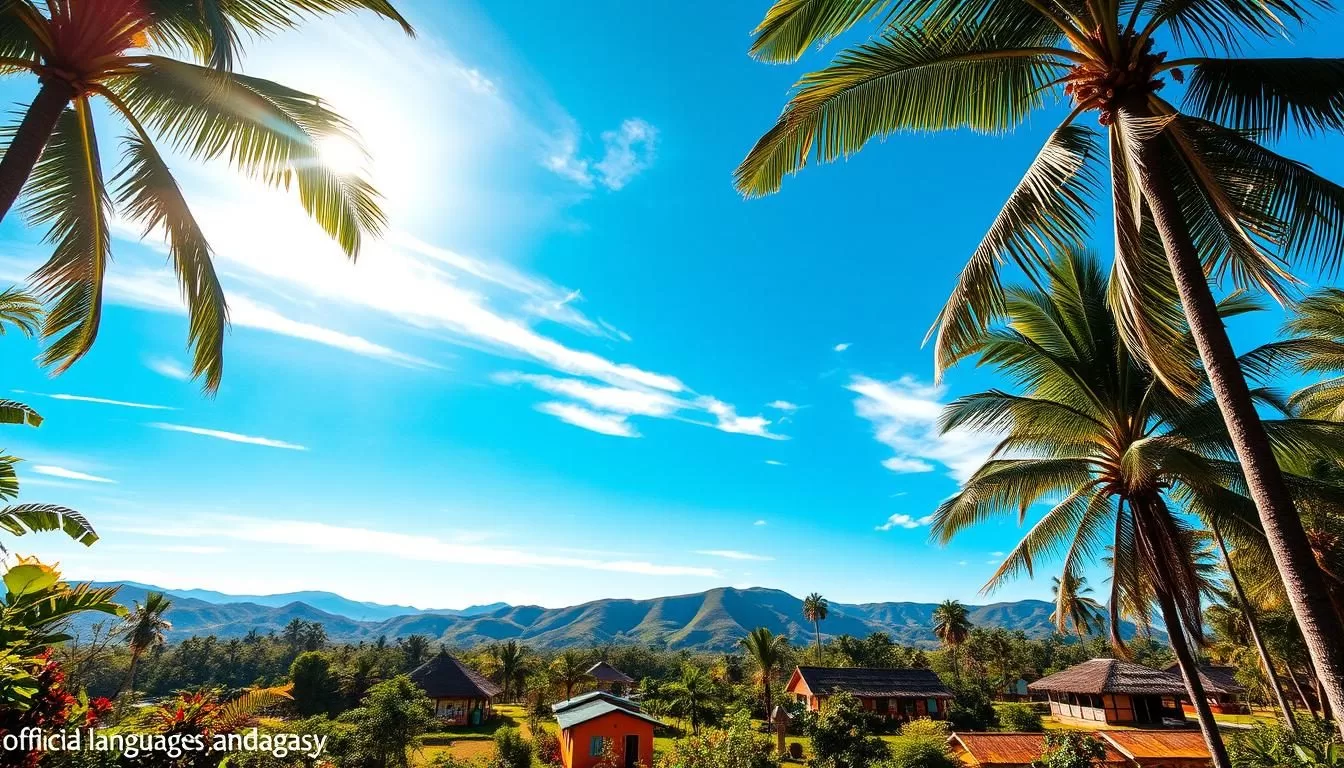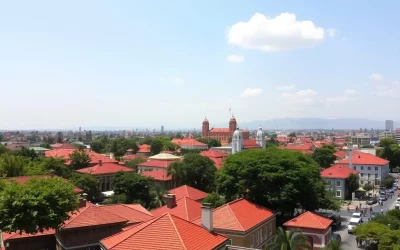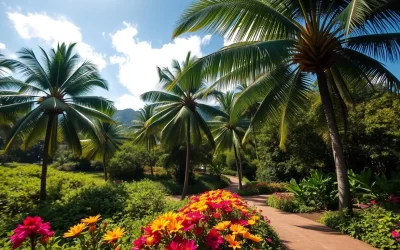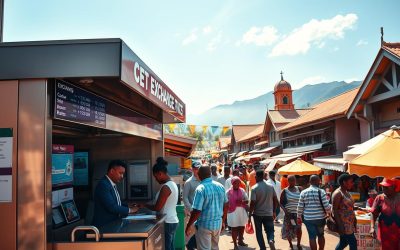This island nation boasts a rich linguistic heritage, shaped by its history and diverse communities. The two primary languages here are Malagasy and French, each with unique origins and roles in society. Malagasy, an Austronesian language, traces its roots to settlers from Southeast Asia over a thousand years ago. It remains central to the identity of the population, with millions of speakers across the region.
French, introduced during colonial rule, plays a significant role in education and governance. It is widely used in higher grades and by the educated community. Together, these languages reflect the island’s cultural blend and historical milestones. Their interplay offers a fascinating glimpse into the nation’s past and present.
Understanding the Linguistic Landscape of Madagascar
The linguistic tapestry of this island reflects centuries of cultural exchange and adaptation. From the early Austronesian settlers to the influences of Bantu and European cultures, the language diversity here is both rich and complex. This section explores how dialects and minor languages coexist, shaping the island’s identity.
An Overview of Language Diversity on the Island
The island’s dialects are divided geographically, with distinct variations from east to west. For example, the Merina dialect serves as the foundation for Standard Malagasy, spoken by over 10 million people. Meanwhile, western dialects like Sakalava and Tsimihety have their own unique features, yet remain mutually intelligible with other Malagasy dialects.
This mutual intelligibility stems from their shared Austronesian roots, tracing back to settlers from Southeast Asia over a thousand years ago. The dialects reflect not only linguistic connections but also the island’s cultural history, blending African and Asian influences seamlessly.
The Role of Native Communities and Minor Languages
Native communities play a vital role in preserving linguistic diversity. For instance, the Mikea people speak a dialect closely related to Vezo and Masikoro, showcasing minimal differentiation despite geographical separation. These communities ensure that minor languages remain alive, enriching the island’s cultural fabric.
Additionally, the coexistence of Malagasy and French highlights the island’s multicultural society. While Malagasy is spoken by about 90% of the population, French remains a key language in education and governance. Together, they create a dynamic linguistic environment that bridges tradition and modernity.
Historical Development and Cultural Influence
Over centuries, the island’s linguistic identity has been shaped by both local and foreign influences. From its Austronesian roots to colonial interventions, the story of its language is one of resilience and adaptation. This section explores how historical events have molded the linguistic landscape you see today.

The Colonial Legacy of French in Madagascar
French was introduced during the colonial era, becoming a key part of administration and education. It gained prestige among the educated population, often seen as a marker of social status. Despite this, Malagasy remained the national tongue, spoken by the majority of the region’s people.
Colonial policies emphasized French in schools and governance, creating a bilingual society. This duality continues today, with French used in higher education and formal settings. The interplay between these two languages reflects the island’s complex history.
The Evolution of the Malagasy Language
The Malagasy language traces its origins to Austronesian settlers who arrived over a thousand years ago. Its evolution was influenced by African and European cultures, creating a unique linguistic blend. King Radama I played a pivotal role in standardizing the language, ensuring its survival and growth.
Constitutional changes after independence in 1960 reinforced Malagasy as the national language, while French retained its official status. This balance highlights the island’s commitment to preserving its heritage while embracing modernity.
Regional Dialects and Linguistic Variation
The island’s linguistic diversity is shaped by its regional dialects, each with unique characteristics. These dialects are divided into two main groups: Eastern and Western. They reflect the cultural and historical influences that have shaped the language over centuries.
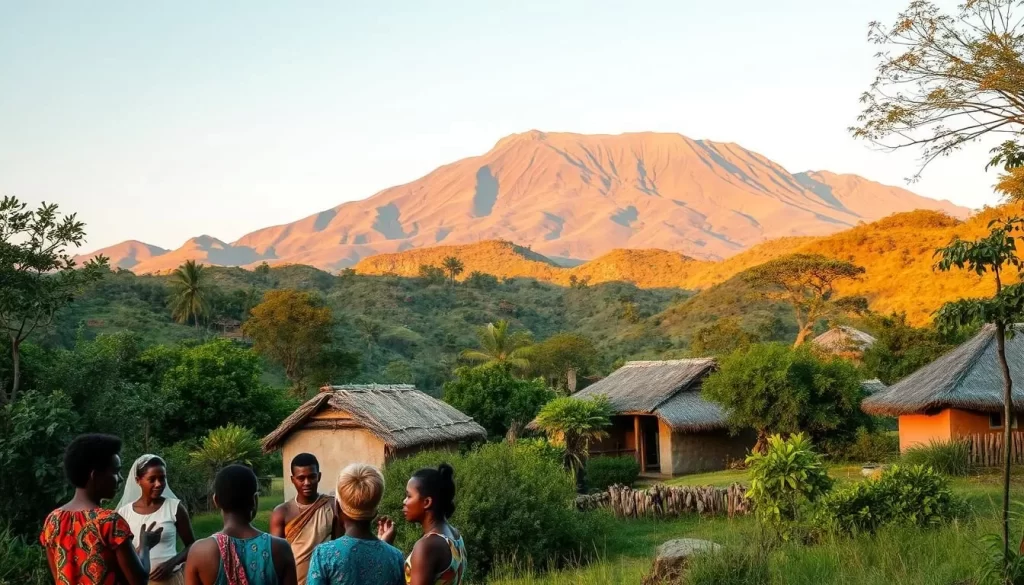
Eastern and Western Malagasy Dialects
Eastern dialects, like the Merina dialect, dominate the central plateau and northern regions. The Merina dialect is the most widely spoken, with over 10 million speakers. It forms the basis of the national language, making it a unifying force across the island.
Western dialects, such as Sakalava and Tsimihety, are prevalent in the south. These dialects have distinct pronunciations and vocabulary, yet they share a common Austronesian root. This shared origin allows for some level of mutual intelligibility.
Mutual Intelligibility and Distinct Features
Despite their differences, Eastern and Western dialects share about 70% lexical similarity. This means speakers from different regions can generally understand each other. However, regional variations in pronunciation and words can sometimes create challenges.
For example, the Merina dialect has the smallest average lexical distance to other dialects, making it the most central. In contrast, dialects like Antandroy and Tsimihety show more distinct features, reflecting their unique cultural histories.
These regional variations are a testament to the island’s rich cultural heritage. They highlight how migration patterns and local customs have shaped the language over the years.
Madagascar: Official and widely spoken languages
The evolution of language policies on the island reflects its dynamic history and cultural adaptability. Over the years, these policies have shaped education, governance, and public life, creating a unique linguistic environment.
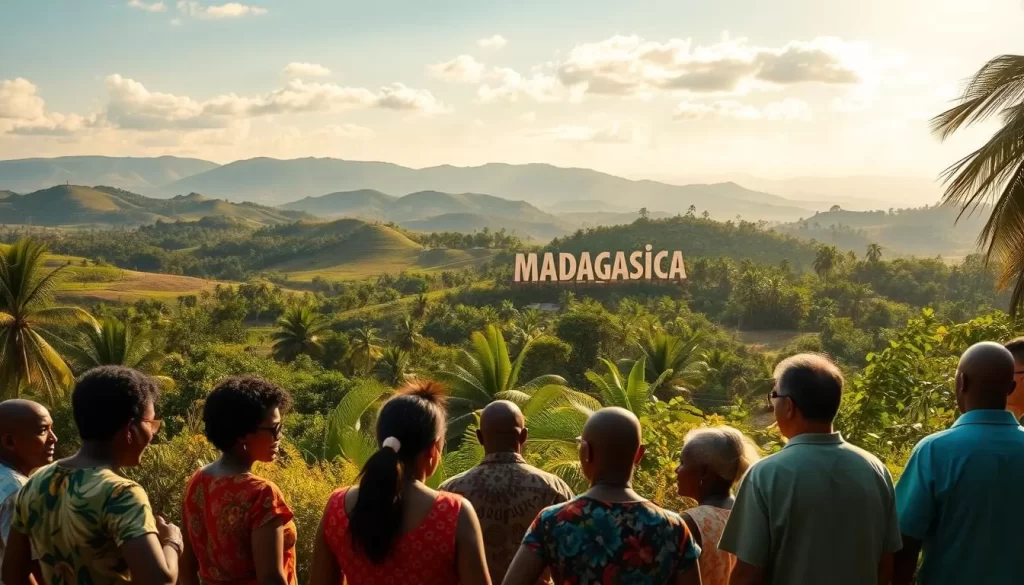
Language Policy and Legal Status Through Time
The first Constitution of 1958 established Malagasy and French as official languages, a decision that remains in effect today. This dual-language system reflects the island’s colonial past and its commitment to preserving local heritage.
In 2007, English was briefly added as an official language, but this change was reversed in 2010 following a referendum. This temporary inclusion highlights the island’s efforts to balance local traditions with global influences.
These policies have played a crucial role in promoting national unity. By recognizing both Malagasy and French, the government ensures that all speakers feel represented.
The Impact on Education and Public Life
Language policies have significantly influenced the education system. French is used as the primary language of instruction in higher education, while Malagasy is taught in primary schools. This approach bridges tradition and modernity, preparing students for both local and international opportunities.
In public institutions, French is often used in formal settings, while Malagasy dominates everyday communication. This duality ensures that the population remains connected to its roots while engaging with global trends.
The media and business sectors also reflect this linguistic balance. French is prevalent in corporate environments, while Malagasy is widely used in local media. This blend fosters cultural exchange and economic growth.
| Year | Policy Change | Impact |
|---|---|---|
| 1958 | Malagasy and French declared official languages | Established a bilingual framework |
| 2007 | English added as an official language | Reflected global aspirations |
| 2010 | English removed as an official language | Reaffirmed local linguistic traditions |
For more insights into the island’s linguistic landscape, visit this detailed guide or explore .
Comparative Insights: Malagasy, French, and English in Daily Use
The interplay of Malagasy, French, and English reflects the island’s dynamic cultural and economic landscape. Each language plays a distinct role in shaping daily interactions, from business to tourism. Understanding their practical use offers a glimpse into the island’s adaptability to global trends.

Usage in Business, Media, and Tourism
In business, French dominates formal settings, especially in larger cities like Antananarivo. It is often used in meetings and administrative tasks, reflecting its historical role in governance. Malagasy, however, remains the heart of native expression, spoken by over 90% of the population.
Media outlets balance both languages, with French prevalent in corporate environments and Malagasy in local broadcasts. This duality ensures that the person remains connected to their roots while engaging with global trends.
Tourism thrives on multilingualism, with English gaining importance. Many hotels and tour operators use English to cater to international visitors, making it a key word in this sector.
International Communication Trends and Cultural Exchange
French serves as a bridge to international communication, often used in higher education and diplomacy. This aligns with the island’s efforts to connect with the global marketplace. Malagasy, on the other hand, preserves cultural identity, ensuring that traditions remain alive.
English, though not an official language, plays a growing role in cultural exchange. Many expatriates and volunteers achieve basic fluency in Malagasy, fostering deeper connections with local communities.
These trends highlight the island’s ability to balance tradition and modernity. For more insights into its linguistic history, explore this detailed study.
| Language | Primary Use | Impact |
|---|---|---|
| Malagasy | Daily communication | Preserves cultural identity |
| French | Business and education | Connects to global markets |
| English | Tourism and media | Enhances international exchange |
For a broader understanding of the island’s cultural and linguistic diversity, visit this comprehensive guide.
Conclusion
The linguistic landscape of this island reflects a rich blend of history and culture. From its Austronesian roots to colonial influences, the evolution of language policies has shaped daily life. Understanding these dynamics offers insight into the nation’s identity.
Malagasy remains central to the person, connecting communities across regions. French, introduced during colonial rule, plays a key role in education and governance. Together, they create a unique cultural synthesis.
Exploring the diversity of dialects reveals the island’s adaptability. Each word tells a story of resilience and heritage. To dive deeper into this fascinating topic, visit this comprehensive guide or explore this detailed resource.
The above is subject to change.
Check back often to TRAVEL.COM for the latest travel tips and deals.
Here are some Tours & Sightseeing suggestions that might pique your interests!
